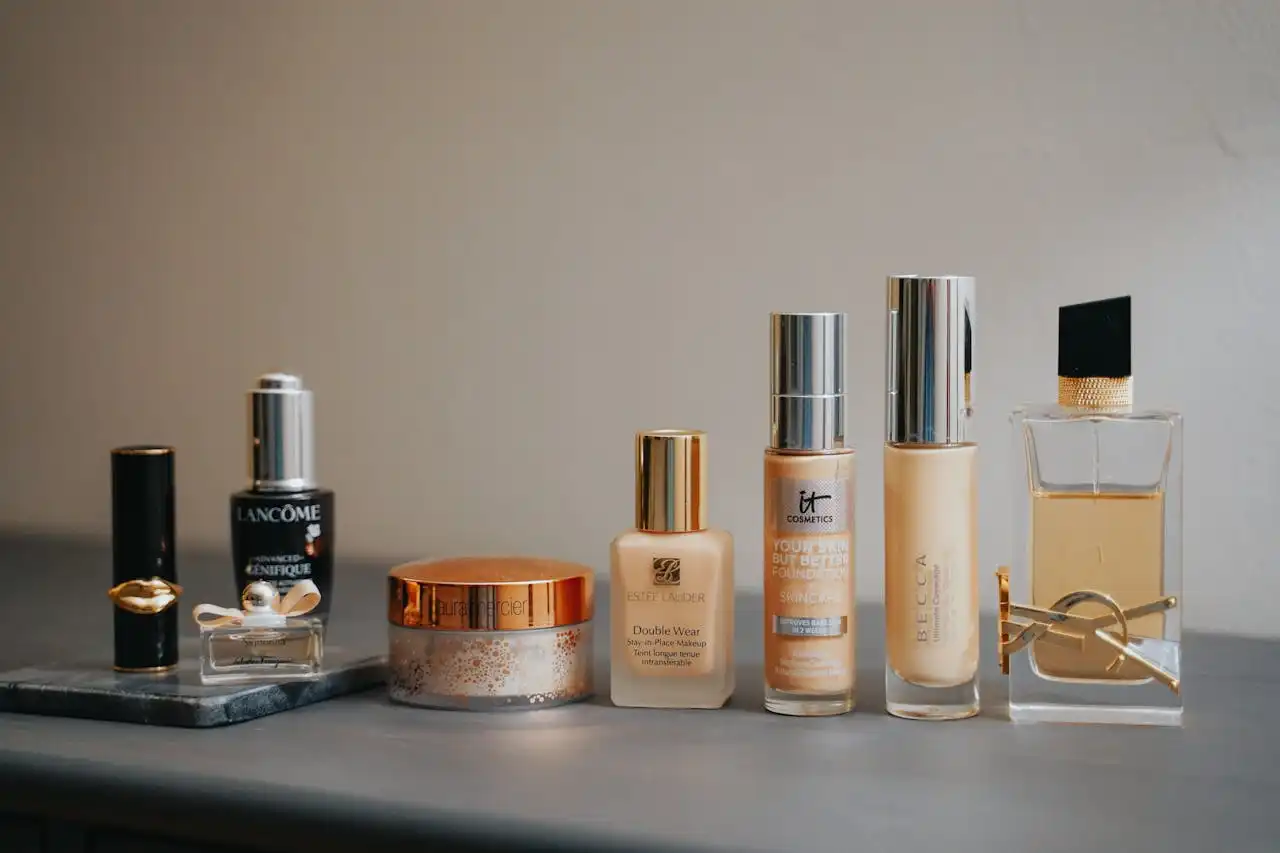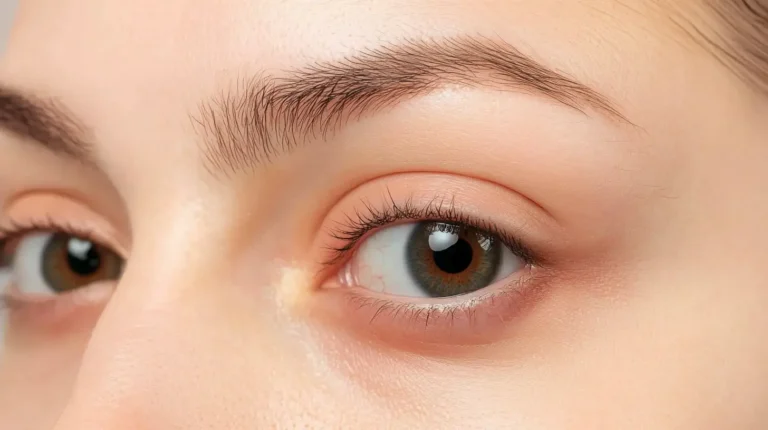How to Layer Skincare Products the Right Way
You’ve invested in quality skincare products, but are you using them correctly? The order you apply your products can make or break your routine’s effectiveness.
When you layer incorrectly, expensive serums can’t penetrate your skin. Your moisturizer might pill up instead of hydrating.
Getting the sequence right transforms your skincare game completely. You’ll see better results and waste less product.
Ready to master the art of layering? Let’s dive into the step-by-step process that skincare experts swear by.
Why Product Order Actually Matters
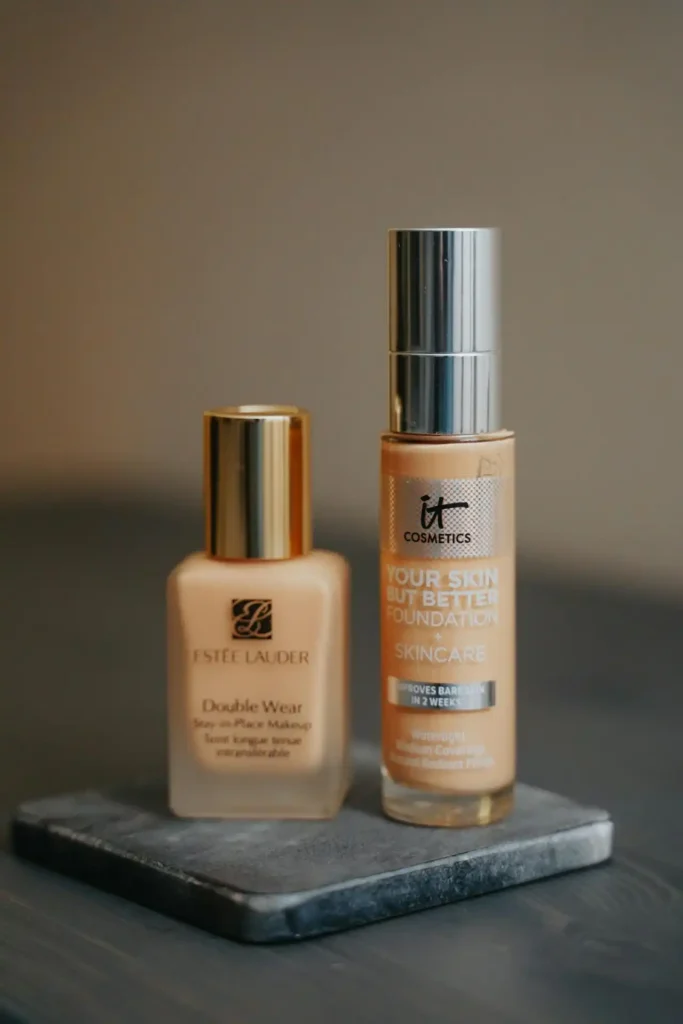
Your skin acts like a selective barrier, and the order you apply products determines what gets absorbed and what sits uselessly on the surface.
Think of it like building a house – you need a solid foundation before adding the finishing touches.
When you apply a thick cream first, it creates a barrier that prevents lighter products from reaching your skin.
Your expensive vitamin C serum or hyaluronic acid becomes ineffective because it can’t penetrate through that heavy layer.
The molecular size of ingredients also plays a crucial role. Smaller molecules need to go first because they can slip through your skin’s natural barriers more easily.
Larger molecules in creams and oils should come last to seal everything in. This layering strategy maximizes absorption and prevents product interference.
You’ll notice your skin looks healthier, feels smoother, and your products last longer because they’re working more efficiently.
The Golden Rule: Thinnest to Thickest
The fundamental principle of skincare layering is simple: start with the thinnest consistency and work your way up to the thickest.
This ensures each product can properly absorb before you add the next layer. Water-based products always go before oil-based ones.
Oil creates a barrier that water cannot penetrate, so if you apply moisturizer before a water-based serum, that serum will just sit on top doing nothing.
Texture is your best guide here. If you can see through the product or it feels watery, it goes first. Creamy, thick, or opaque products come later in your routine.
When you’re unsure about two similar products, apply the one with active ingredients first. Your treatment products need direct contact with your skin to work their magic.
Your Morning Layering Sequence
Morning routines focus on protection and preparation for the day ahead. You’ll want to shield your skin from environmental damage while creating a smooth base for makeup if you wear it.
Step 1: Gentle Cleanser Start with a gentle, non-stripping cleanser to remove overnight buildup.
You don’t need anything harsh in the morning – just something to refresh your skin and prepare it for the products that follow.
Step 2: Toner or Essence Apply your toner with clean hands or a cotton pad. These products balance your skin’s pH and add a first layer of hydration. Wait about 30 seconds before moving to the next step.
Step 3: Treatment Serums This is where your active ingredients shine. Apply vitamin C serum, niacinamide, or hyaluronic acid depending on your skin’s needs.
Use gentle patting motions rather than rubbing to avoid irritation.
Step 4: Eye Cream The delicate eye area needs special attention. Use your ring finger to gently pat eye cream around the orbital bone, avoiding direct contact with your eyelids.
Step 5: Moisturizer Choose a lightweight moisturizer for morning use. You want hydration without heaviness, especially if you’ll be applying makeup later.
Step 6: Sunscreen Never skip this final step. Apply broad-spectrum SPF 30 or higher as your last skincare layer. Wait a few minutes before applying makeup to let it set properly.
Your Evening Layering Routine
Nighttime is when your skin repairs itself, so your evening routine should focus on nourishment and treatment.
You can use richer, more intensive products since you won’t need to worry about makeup application.
Step 1: Double Cleanse Remove makeup and sunscreen with an oil-based cleanser first, then follow with a water-based cleanser. This ensures you’re starting with completely clean skin.
Step 2: Exfoliation (2-3 times weekly) Use chemical exfoliants like AHA or BHA on alternating nights. These help remove dead skin cells and improve product absorption. Always follow the instructions and start slowly.
Step 3: Toner or Treatment Water Apply a hydrating toner or treatment essence to restore moisture and prepare your skin for the next steps.
Step 4: Treatment Serums Evening is perfect for potent ingredients like retinol, peptides, or glycolic acid. Start with the thinnest consistency and layer up. Wait 5-10 minutes between different active ingredients.
Step 5: Eye Treatment Use a more intensive eye cream or treatment at night. You can afford to go richer since you won’t need to worry about makeup application in the morning.
Step 6: Face Oil (optional) If your skin needs extra nourishment, add a few drops of face oil. Mix it with your moisturizer or apply it separately before your final moisturizer layer.
Step 7: Night Moisturizer Finish with a rich, nourishing night cream. This seals in all your previous layers and provides deep hydration while you sleep.
Common Layering Mistakes You’re Probably Making
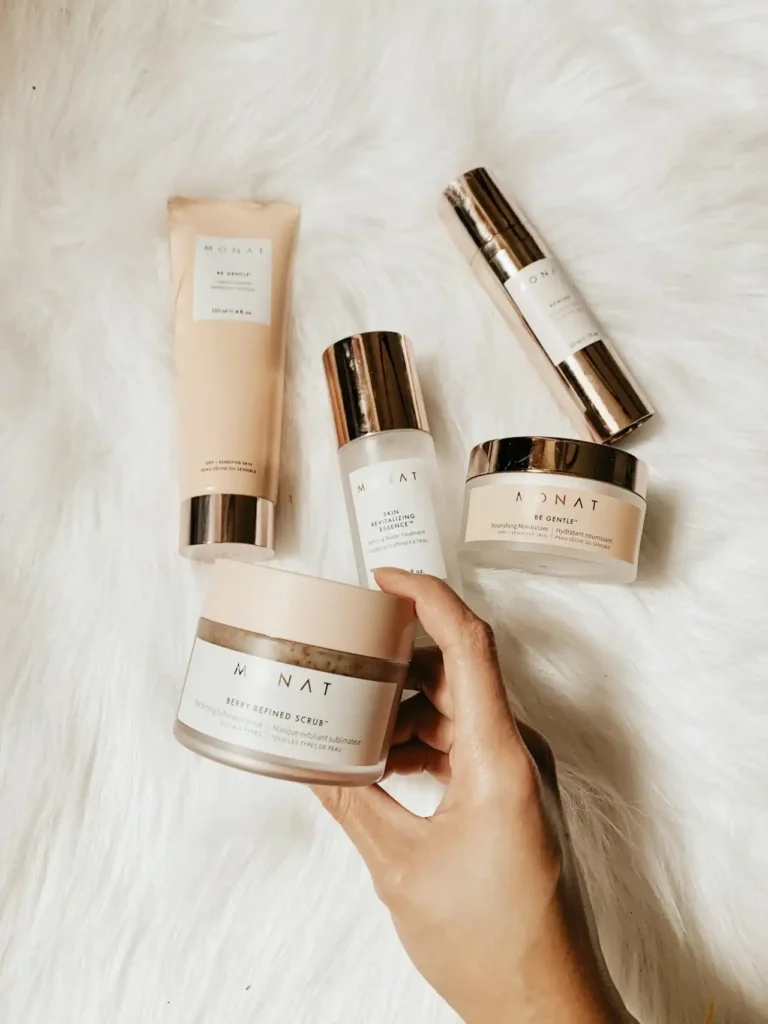
Many people sabotage their skincare routine without realizing it. These mistakes prevent your products from working effectively and can even cause irritation or breakouts.
Applying products to wet skin might seem logical, but excess water dilutes your products and reduces their effectiveness. Pat your skin until it’s slightly damp, not dripping wet.
Using too much product is wasteful and counterproductive. A pea-sized amount of moisturizer covers your entire face. More isn’t better – it just leads to pilling and poor absorption.
Not waiting between layers prevents proper absorption. Give each product 30 seconds to a minute before applying the next one. Your skin needs time to drink in each layer.
Mixing incompatible ingredients can cause irritation or neutralize the benefits. Don’t use vitamin C with retinol, or benzoyl peroxide with retinoids in the same routine.
Applying sunscreen under moisturizer reduces its effectiveness dramatically. Sunscreen should always be your final skincare step in the morning, creating an unbroken protective barrier.
Timing Between Layers: The Secret to Success
The time you wait between product applications can make or break your routine’s effectiveness.
Rushing through your routine prevents proper absorption and can cause products to pill or feel sticky.
Most water-based products need 30 seconds to absorb properly. You’ll know they’re ready when the tackiness disappears and your skin feels smooth again.
Thicker creams and treatments need 1-2 minutes between applications. Don’t rush this process – use the time to brush your teeth or prepare for your day.
Active ingredients like retinol or acids need the longest wait time. Give them 5-10 minutes to penetrate your skin before applying your next layer. This prevents dilution and maximizes their effectiveness.
If you’re short on time, apply your routine in stages. Put on your serum, then do other morning activities before returning to apply moisturizer and sunscreen.
Adjusting Your Routine for Different Skin Types
Your skin type determines which products you emphasize and how heavily you layer them.
Understanding your skin’s specific needs helps you customize the basic layering rules for optimal results.
Oily skin benefits from lightweight, gel-based products. You can skip face oils entirely and use a lighter hand with moisturizer. Focus on oil-control ingredients like niacinamide and salicylic acid.
Dry skin needs more hydrating layers. Add an extra serum or use a hydrating mist between steps. Don’t be afraid of face oils – they can provide the nourishment your skin craves.
Sensitive skin requires the gentlest approach. Introduce new products one at a time and avoid layering too many active ingredients. Stick to fragrance-free, hypoallergenic formulas.
Combination skin needs a strategic approach. You might use different products on different areas of your face, applying oil-control products to your T-zone and richer formulas to dry areas.
Mature skin benefits from potent anti-aging ingredients layered carefully. Focus on retinoids, peptides, and antioxidants, but introduce them gradually to avoid irritation.
Special Considerations for Active Ingredients
Active ingredients require special attention when layering. These powerful compounds can interact with each other in ways that reduce effectiveness or cause irritation.
Retinoids should be used alone initially. Once your skin adjusts, you can layer them with hyaluronic acid or gentle moisturizers. Never mix retinol with vitamin C or acids in the same routine.
Vitamin C works best in the morning under sunscreen. It can destabilize in sunlight, so morning application maximizes its antioxidant protection. Wait 10-15 minutes before applying subsequent layers.
AHA and BHA acids should be used on alternating nights if you’re using both. Start with lower concentrations and gradually increase frequency as your skin builds tolerance.
Niacinamide plays well with most other ingredients and can be layered morning or night. It actually helps buffer stronger actives and reduces potential irritation.
When introducing multiple actives, start with one and add others gradually. Your skin needs time to adjust to each ingredient before you pile on more.
Seasonal Layering Adjustments
Your layering routine should evolve with the seasons and your skin’s changing needs. Environmental factors affect how your skin behaves and what it requires from your products.
Winter calls for richer, more protective layers. Add face oils, switch to creamier cleansers, and use heavier moisturizers. The dry air strips moisture from your skin, so extra hydration becomes essential.
Summer requires lighter formulas that won’t feel suffocating in humidity. Switch to gel moisturizers, water-based serums, and make sure your sunscreen is sweat-resistant.
Spring and fall are transition periods. Pay attention to how your skin responds and adjust your routine accordingly. You might need to switch between your summer and winter products as the weather changes.
Air conditioning and heating can affect your skin year-round. If you spend time in climate-controlled environments, your skin might need extra hydration regardless of the season outside.
Troubleshooting Common Layering Problems
When your routine isn’t working as expected, the layering order is often the culprit. These solutions address the most common issues people encounter.
Product pilling happens when you apply too much product or don’t wait long enough between layers. Reduce the amount you’re using and give each layer more time to absorb.
Stinging or irritation suggests you’re combining incompatible ingredients or using products in the wrong order. Separate your active ingredients or reduce the frequency of use.
Poor absorption indicates your products aren’t penetrating properly. Check that you’re going from thinnest to thickest consistency and not applying products over barriers.
Breakouts from new layering might mean you’re over-moisturizing or combining products that clog pores. Strip back to basics and reintroduce products one at a time.
Building Your Perfect Layering Routine
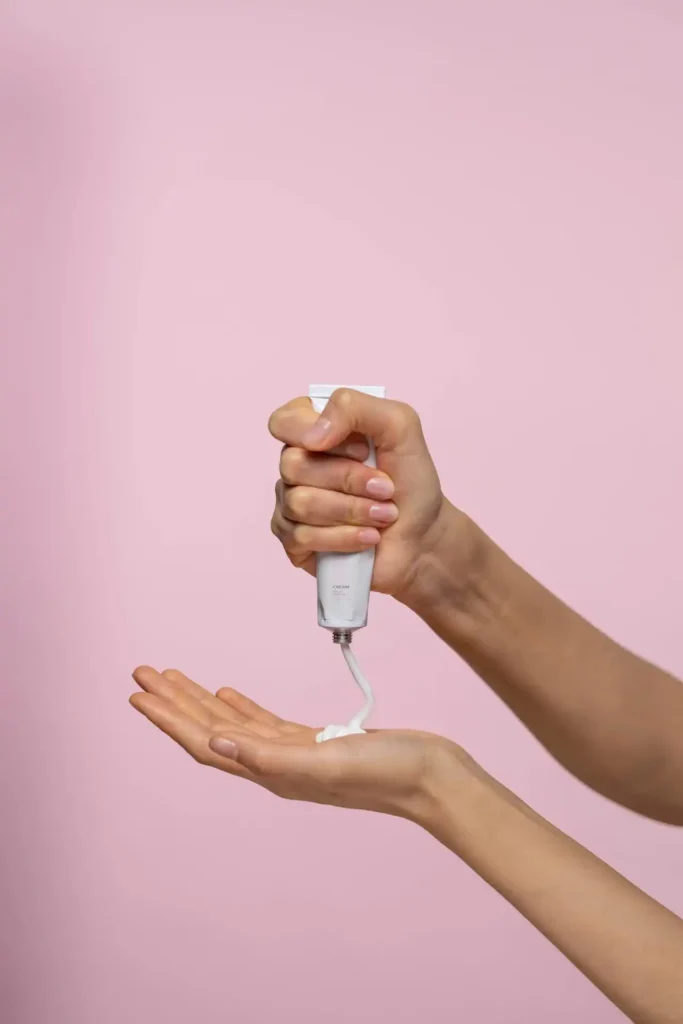
Creating an effective layering routine takes time and experimentation. Start simple and gradually add complexity as your skin adjusts and you learn what works best.
Begin with just cleanser, moisturizer, and sunscreen. Master this basic routine before adding serums, treatments, or oils. Your skin needs time to adjust to new products.
Keep notes about what you use and how your skin responds. This helps you identify which products and combinations work best for your unique needs.
Don’t feel pressured to use every skincare product available. A simple, well-executed routine often produces better results than a complicated one done incorrectly.
Listen to your skin above all else. If something doesn’t feel right, adjust your routine. The best layering sequence is the one that makes your skin look and feel its healthiest.
Conclusion
Master the art of layering by following the thinnest-to-thickest rule, waiting between applications, and adjusting for your skin type.
Your products will work harder when applied correctly.

